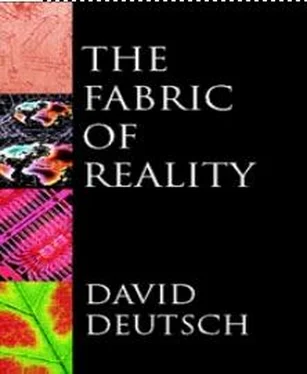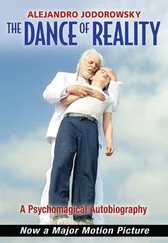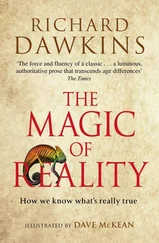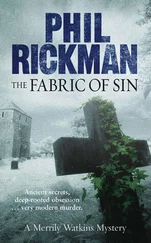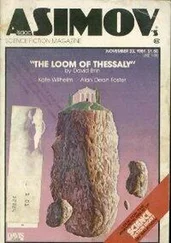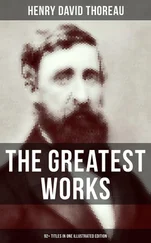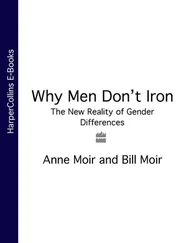David Deutch - The Fabric of Reality
Здесь есть возможность читать онлайн «David Deutch - The Fabric of Reality» весь текст электронной книги совершенно бесплатно (целиком полную версию без сокращений). В некоторых случаях можно слушать аудио, скачать через торрент в формате fb2 и присутствует краткое содержание. ISBN: , Жанр: Физика, Философия, на английском языке. Описание произведения, (предисловие) а так же отзывы посетителей доступны на портале библиотеки ЛибКат.
- Название:The Fabric of Reality
- Автор:
- Жанр:
- Год:неизвестен
- ISBN:0-7139-9061-9
- Рейтинг книги:4 / 5. Голосов: 2
-
Избранное:Добавить в избранное
- Отзывы:
-
Ваша оценка:
- 80
- 1
- 2
- 3
- 4
- 5
The Fabric of Reality: краткое содержание, описание и аннотация
Предлагаем к чтению аннотацию, описание, краткое содержание или предисловие (зависит от того, что написал сам автор книги «The Fabric of Reality»). Если вы не нашли необходимую информацию о книге — напишите в комментариях, мы постараемся отыскать её.
The Fabric of Reality — читать онлайн бесплатно полную книгу (весь текст) целиком
Ниже представлен текст книги, разбитый по страницам. Система сохранения места последней прочитанной страницы, позволяет с удобством читать онлайн бесплатно книгу «The Fabric of Reality», без необходимости каждый раз заново искать на чём Вы остановились. Поставьте закладку, и сможете в любой момент перейти на страницу, на которой закончили чтение.
Интервал:
Закладка:
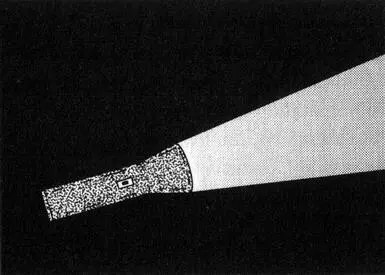
FIGURE 2.1 Light from an electric torch (flashlight).
We cannot see light that is just passing by. If there were a reflective object in the beam, or even some dust or water droplets to scatter the light, we could see where it was. But there is nothing in the beam, and we are observing from outside it, so none of its light reaches us. An accurate representation of what we should see would be a completely black picture. If there were a second source of light we might be able to see the torch, but still not its light. Beams of light, even the most intense light that we can generate (from lasers), pass through each other as if nothing were there at all.
Figure 2.1 does show that the light is brightest near the torch, and gets dimmer farther away as the beam spreads out to illuminate an ever larger area. To an observer within the beam, backing steadily away from the torch, the reflector would appear ever smaller and then, when it could only be seen as a single point, ever fainter. Or would it? Can light really be spread more and more thinly without limit? The answer is no. At a distance of approximately ten thousand kilometres from the torch, its light would be too faint for the human eye to detect and the observer would see nothing. That is, a human observer would see nothing; but what about an animal with more sensitive vision? Frogs’ eyes are several times more sensitive than human eyes — just enough to make a significant difference in this experiment. If the observer were a frog, and it kept moving ever farther away from the torch, the moment at which it entirely lost sight of the torch would never come. Instead, the frog would see the torch begin to flicker. The flickers would come at irregular intervals that would become longer as the frog moved farther away. But the brightness of the individual flickers would not diminish. At a distance of one hundred million kilometres from the torch, the frog would see on average only one flicker of light per day, but that flicker would be as bright as any that it observed at any other distance.
Frogs cannot tell us what they see. So in real experiments we use photomultipliers (light detectors which are even more sensitive than frogs’ eyes), and we thin out the light by passing it through dark filters, rather than by observing it from a hundred million kilometres away. But the principle is the same, and so is the result: neither apparent darkness nor uniform dimness, but flickering, with the individual flickers equally bright no matter how dark a filter we use. This flickering indicates that there is a limit to how thinly light can be evenly spread. Borrowing the terminology of goldsmiths, one might say that light is not infinitely ‘malleable’. Like gold, a small amount of light can be evenly spread over a very large area, but eventually if one tries to spread it out further it gets lumpy. Even if gold atoms could somehow be prevented from clumping together, there is a point beyond which they cannot be subdivided without ceasing to be gold. So the only way in which one can make a one-atom-thick gold sheet even thinner is to space the atoms farther apart, with empty space between them. When they are sufficiently far apart it becomes misleading to think of them as forming a continuous sheet. For example, if each gold atom were on average several centimetres from its nearest neighbour, one might pass one’s hand through the ‘sheet’ without touching any gold at all. Similarly, there is an ultimate lump or ‘atom’ of light, a photon. Each flicker seen by the frog is caused by a photon striking the retina of its eye. What happens when a beam of light gets fainter is not that the photons themselves get fainter, but that they get farther apart, with empty space between them (Figure 2.2). When the beam is very faint it can be misleading to call it a ‘beam’, for it is not continuous. During periods when the frog sees nothing it is not because the light entering its eye is too weak to affect the retina, but because no light has entered its eye at all.
This property of appearing only in lumps of discrete sizes is called quantization. An individual lump, such as a photon, is called a quantum (plural quanta) . Quantum theory gets its name from this property, which it attributes to all measurable physical quantities — not just to things like the amount of light, or the mass of gold, which are quantized because the entities concerned, though apparently continuous, are really made of particles. Even for quantities like distance (between two atoms, say), the notion of a continuous range of possible values turns out to be an idealization. There are no measurable continuous quantities in physics. There are many new effects in quantum physics, and on the face of it quantization is one of the tamest, as we shall see. Yet in a sense it remains the key to all the others, for if everything is quantized, how does any quantity change from one value to another? How does any object get from one place to another if there is not a continuous range of intermediate places for it to be on the way? I shall explain how in Chapter 9, but let me set that question aside for the moment and return to the vicinity of the torch, where the beam looks continuous because every second it pours about 10 14(a hundred trillion) photons into an eye that looks into it.

FIGURE 2.2 Frogs can see individual photons.
Is the boundary between the light and the shadow perfectly sharp, or is there a grey area? There is usually a fairly wide grey area, and one reason for this is shown in Figure 2.3. There is a dark region (called the umbra) where light from the filament cannot reach. There is a bright region which can receive light from anywhere on the filament. And because the filament is not a geometrical point, but has a certain size, there is also a penumbra between the bright and dark regions: a region which can receive light from some parts of the filament but not from others. If one observes from within the penumbra, one can see only part of the filament and the illumination is less there than in the fully illuminated, bright region.
However, the size of the filament is not the only reason why real torchlight casts penumbras. The light is affected in all sorts of other ways by the reflector behind the bulb, by the glass front of the torch, by various seams and imperfections, and so on. So we expect quite a complicated pattern of light and shadow from a real torch, just because the torch itself is quite complicated. But the incidental properties of torches are not the subject of these experiments. Behind our question about torchlight there is a more fundamental question about light in general: is there, in principle, any limit on how sharp a shadow can be (in other words, on how narrow a penumbra can be)? For instance, if the torch were made of perfectly black (non-reflecting) material, and if one were to use smaller and smaller filaments, could one then make the penumbra narrower and narrower, without limit?
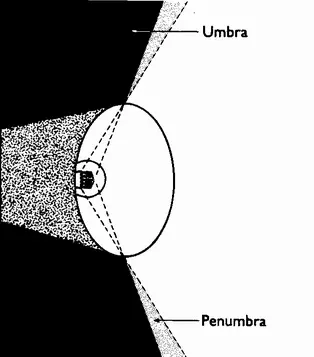
FIGURE 2.3 The umbra and penumbra of a shadow.
Figure 2.3 makes it look as though one could: if the filament had no size, there would be no penumbra. But in drawing Figure 2.3 I have made an assumption about light, namely that it travels only in straight lines. From everyday experience we know that it does, for we cannot see round corners. But careful experiments show that light does not always travel in straight lines. Under some circumstances it bends.
Читать дальшеИнтервал:
Закладка:
Похожие книги на «The Fabric of Reality»
Представляем Вашему вниманию похожие книги на «The Fabric of Reality» списком для выбора. Мы отобрали схожую по названию и смыслу литературу в надежде предоставить читателям больше вариантов отыскать новые, интересные, ещё непрочитанные произведения.
Обсуждение, отзывы о книге «The Fabric of Reality» и просто собственные мнения читателей. Оставьте ваши комментарии, напишите, что Вы думаете о произведении, его смысле или главных героях. Укажите что конкретно понравилось, а что нет, и почему Вы так считаете.
